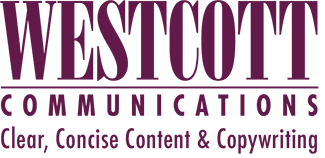- Determine Your Purpose — Why are you doing a newsletter? Sure, it’s an excellent way to stay in contact with your clients on a regular basis. It will also help position yourself as a credible source in your chosen field. But are you doing it to help your clients stay current with the latest trends? Are you using it to help promote a new product or service? Perhaps you have to do a newsletter to fulfill regulatory requirements. Develop your content around the purpose.
- Identify Your Audience — Who are you writing for? What do they want or need to know? What kind of language should you use to communicate with them? The more you know about your readers, the more you can tailor your messages specifically to their interests.
- Focus on Content — Forget the fluff. Your clients are as busy as you are. Be sure to include valuable information they really need to know and can immediately put to use. If appropriate, include links to additional resources that may be helpful to them. That way, they will come to look forward to receiving your newsletter. Think of the newsletters you receive. Which ones go into the trash without a second glance? Which ones do you keep? Why are those newsletters “keepers”?
- Cut the Copy — Unless you know your audience likes a lot of detail, try to keep your articles on the shorter side. Use headings and bullets to break up your text. Sidebars may be helpful to add detail without loading up your text.
- Make Headlines and Photo Captions Work for You. Some people only read the headlines or look at the pictures. Sad, but true. Be sure your headlines and photo captions tell the story.
- Call to Action — What is it you want your readers to do? Register for an upcoming program? Call for more information? Visit your website? Check out additional resources? Be sure to provide a clear “call to action” at the end of your articles.
- Enlist a Second Pair of Eyes — Test your copy before you go to print or e-mail the newsletter. Have a trusted colleague read it over and give you honest feedback. Are you conveying the message you intended? A second pair of eyes can help you detect any grammatical errors or typos, too.
- Double-check Telephone Numbers — Be sure to include all the ways your clients can contact you: phone, e-mail, Web site and address. Be sure to double-check this information, especially phone numbers. It will only take a few extra moments, and it is better to find typos before you go to print or e-mail!
Pamela Westcott 2005. Reprinted from PR/Marketing Juice 2006, a free e-book provided by members of the South Orange County PR Marketing Group.
